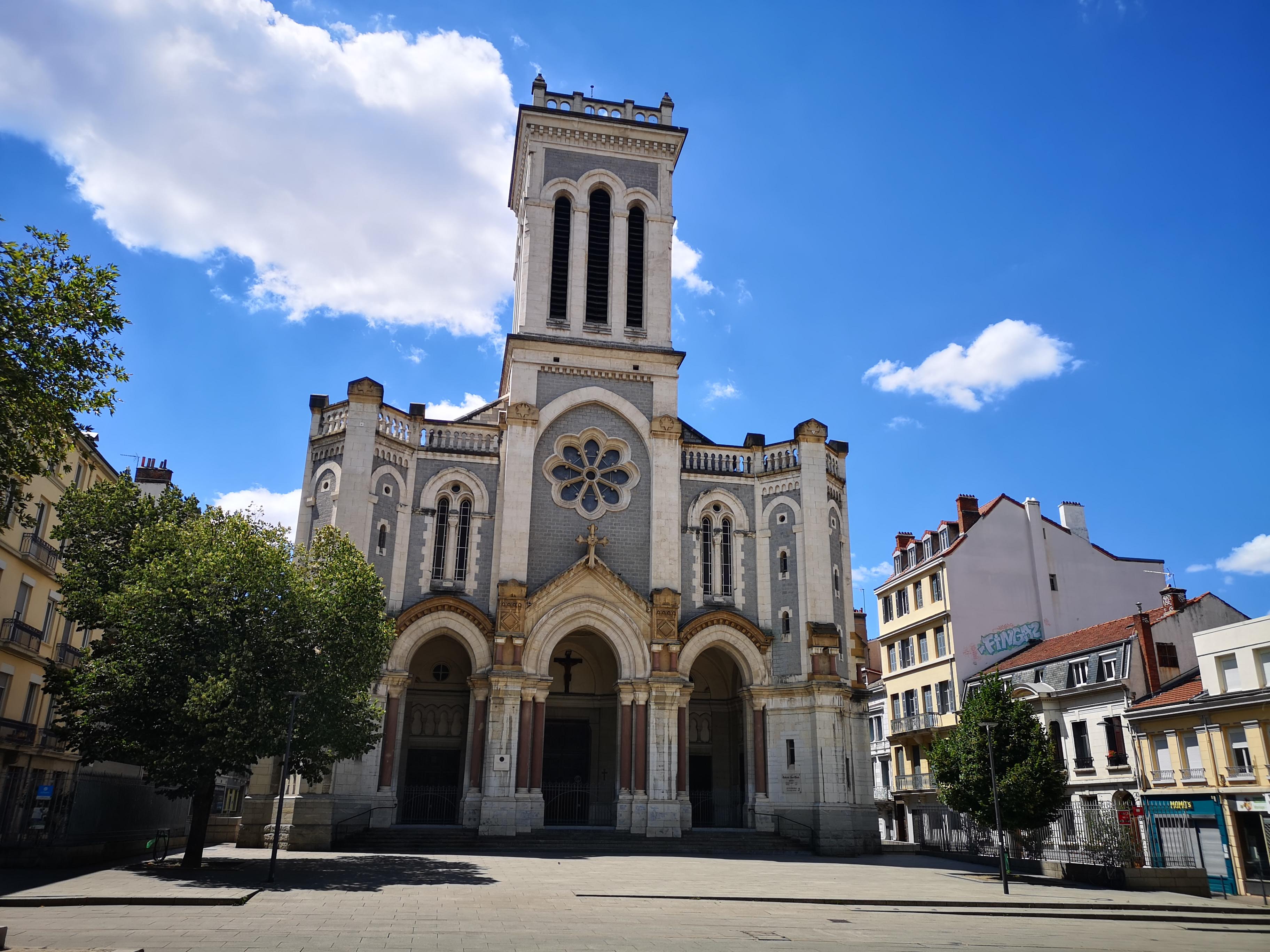Saint-Étienne Cathedral: A Testament to Faith and Artistry
In the heart of Saint-Etienne, a city known for its industrial heritage and modern design, an architectural gem stands as a testament to centuries of faith and artistry. The Saint-Étienne Cathedral, with its imposing facade and rich history, serves as a spiritual anchor for the local community and a captivating destination for visitors. As one approaches this magnificent structure, the blend of Romanesque and Gothic elements becomes immediately apparent, hinting at the cathedral's long and complex history.

A Journey Through Time
The foundations of the cathedral were laid in the 12th century, during a period of great religious fervor and architectural innovation. Over the centuries, the building was expanded, modified, and embellished, resulting in the unique blend of styles that can be observed today. The Romanesque elements, characterized by their solid, rounded arches, are complemented by the soaring heights and intricate stonework of the Gothic additions.
As one enters the cathedral, a sense of awe is immediately felt. The nave is illuminated by light filtering through stained glass windows, casting a kaleidoscope of colors across the stone floor. These windows, some dating back to the 13th century, are not only beautiful works of art but also serve as visual narratives, depicting biblical stories and the lives of saints for the education and inspiration of the faithful.
Things to do in Saint-Etienne
Artistic Treasures
Throughout the cathedral, numerous artistic treasures can be discovered. The choir stalls, intricately carved from wood in the 15th century, showcase the skill of medieval craftsmen. The ornate pulpit, a masterpiece of 18th-century design, stands as a testament to the continuing tradition of artistic excellence within the church.
One of the most striking features of the cathedral is its grand organ. Built in the 19th century and restored multiple times since, this magnificent instrument fills the vast space with its powerful and resonant tones during services and concerts. The organ's elaborate case, adorned with gilded sculptures and intricate carvings, is a work of art in itself.
A Living Monument
Despite its age, Saint-Étienne Cathedral is not simply a relic of the past. It remains an active place of worship, with regular services that continue centuries-old traditions. The cathedral also plays a significant role in the cultural life of Saint-Etienne, hosting concerts, exhibitions, and other events throughout the year.
Visitors are often struck by the peaceful atmosphere within the cathedral, a stark contrast to the bustling city outside. Whether one comes for spiritual reflection, artistic appreciation, or historical interest, the cathedral offers a moment of tranquility and contemplation.
Preservation and Restoration
Like many historic buildings, Saint-Étienne Cathedral has faced challenges over the years. Weather, pollution, and the simple passage of time have taken their toll on the ancient stonework. However, ongoing restoration efforts ensure that this architectural treasure is preserved for future generations. These careful interventions, using traditional techniques alongside modern conservation methods, allow visitors to experience the cathedral much as it would have appeared centuries ago.
A Window to the Past, A Bridge to the Future
Saint-Étienne Cathedral stands as a bridge between past and present, a tangible link to the city's medieval roots amidst its modern urban landscape. It serves as a reminder of the enduring power of faith, art, and human creativity. As visitors explore its soaring vaults and quiet corners, they are invited to connect with centuries of history and spirituality.
For those interested in further exploring Saint-Etienne's rich cultural heritage, a visit to the Couriot - Musée de la Mine is highly recommended. This fascinating museum offers insights into the city's industrial past, complementing the spiritual history embodied by the cathedral.

 Home
Home Wishlist
Wishlist